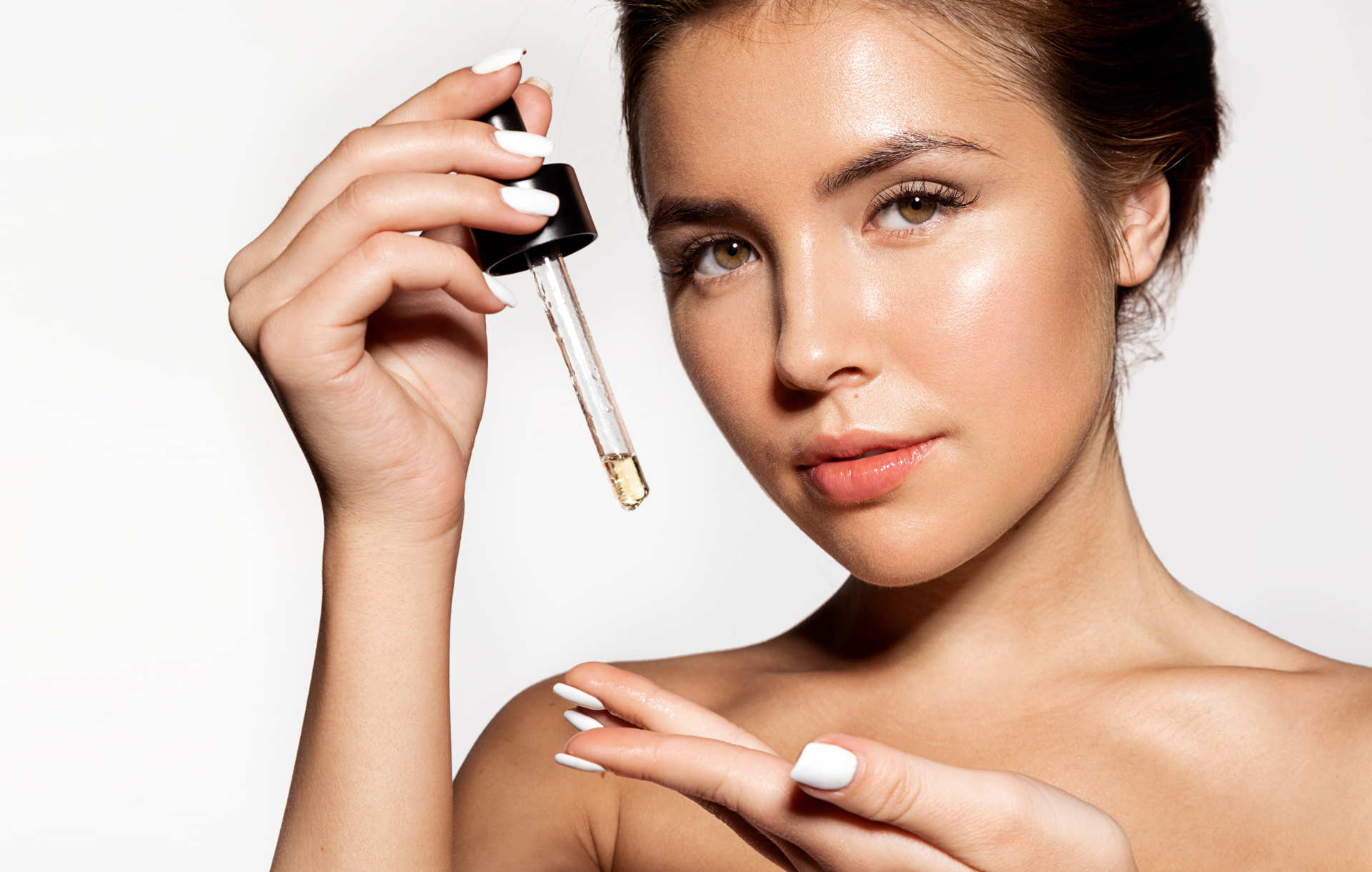Prevent adverse reactions to phototoxic essential oils
Summertime is still in full swing, with many states just now reaching their peak heat for the season. As estheticians around the country continue to fight the good fight and remind their clients to protect their skin from the sun, is there another sunburn culprit lurking in our cosmetic products? Before your give your clients a list of beach bag essentials, read up on photosensitive essential oils that should stay far away from your client’s face on a beach day!
What is a photosensitive essential oil?
While great for adding natural fragrance to cosmetics, essential oils can react to our environment in ways that harm our skin. Specifically, citrus oils react adversely to sunlight. Why are some oils photosensitive? Photosensitization is the process in which ultraviolet (UV) radiation combines with a particular substance and causes chemical or biological changes. Some essential oils contain furocoumarins, a special class of chemicals that can cause photosensitization of the skin.
The most commonly found furocoumarins in essential oils are bergapten and oxypeucedanin. The chemical structure of these molecules (and their metabolites) allows them to form cross-links with skin cell DNA, in turn making the skin especially susceptible to UV radiation. During the process, free radicals and oxygen molecules are also formed and can cause damage to cell membranes, organelles, and proteins. If exposed to sunlight (which gives off UV radiation) after topical application of a photosensitive oil, the skin may become temporarily darkly pigmented, red, or irritated.
Visible reactions typically peak up to three days after initial UV exposure, and can last for several weeks. Symptoms include severe sunburn, darkening of the skin, swelling, and blistering. It’s important to recognize these symptoms when clients complain their SPF caused a reaction. Are they using essential oils at any point in their skin care routine? This may be the cause of their burning and discoloration.
Clients will often react on areas where they apply fragrance, such as around the neck, decollate, wrists and insides of the elbows. Ask your clients to check the ingredient list on their fragrance, especially if they use a custom blend of essential oils instead of a conventional, alcohol based fragrance.
Which oils are photosensitive?
Some oils containing furanocoumarin include:
• Bitter Orange Oil (Citrus x uranium)
• Grapefruit (Citrus x paradisi)
• Lemon (Citrus x limon, Citrus limonum)
• Lime (Citrus x aurantifolia, Citrus x latifolia)
• Angelica Root (Angelica archangelica)
• Bergamot (Citrus bergamia, Citrus aurantium)
• Mandarin Leaf (Citrus reticulata, Citrus nobilis)
• Rue (Ruta graveolens, Ruta montana)
• Cumin (Cuminum cyminum)
• Angelica root (Angelica glauca)
• Taget essential oil or absolute (Tagetes minuta)
• Lemon verbena (Aloysia triphylla)
• Fig leaf absolute (Ficus carica)
How to avoid photosensitization
If you have applied photosensitive essential oils to your skin above safe dilutions, do not expose your skin to UV light for 12-18 hours. Exposure to UV light can cause a reaction up to 12 hours after application, and can continue to produce reactions for hours.
The easiest way to avoid photosensitization is to not apply a furanocoumarin-containing essential oil to the skin at all. Covering up any skin to which phototoxic essential oils have been applied can help to prevent a phototoxic reaction. However, thin fabrics, such as some tee shirts, may not provide adequate protection.
Phototoxic essential oils can still be used topically on the skin, even with exposure to UV light, as long as they are safely diluted.
Using photosensitive oils at nighttime helps reduce the risks associated with these oils. Encourage clients to add these oils to their nightly skin care routine, in-shower wash, body lotion, bedtime bath, or before-bed rituals and partner or back massages.
If your clients tells you they are having a reaction, get them away from UV exposure immediately and follow one of the following procedures:
Skin Reaction:
• Immediately wash with cold water and soap. Rinse thoroughly.
• Dilute and rinse the skin with vegetable oil to dilute the essential oil.
Eye Reaction:
• Rinse opened eye for several minutes under running water.
• Apply vegetable oil with a sterile cloth around the eye to dilute any excess essential oil.
• Always obtain medical advice if the skin is painful or the reaction covers a substantial portion of the body.
Sun Safe Essential Oils
Many people write off all citrus essential oils as being photosensitive, but there are several that are safe to use, including steam-distilled versions. Although furanocoumarins are present in cold pressed versions, the molecules are not volatile and remain behind during steam distillation. Sun-safe essential oils include:
• Bergamot – steam distilled – bergap ten-free/furanocoumarin-free* (Citrus bergamia, Citrus aurantium)
• Lemon – steam distilled (Citrus x limon, Citrus limonum)
• Lime – steam distilled (Citrus x aurantifolia, Citrus x latifolia)
• Mandarin – cold pressed (Citrus reticulata)
• Orange, Sweet – cold pressed (Citrus sinensis, Citrus aurantium var. sinensis)
• Tangerine – cold pressed (Citrus reticulata, Citrus nobilis, Citrus tangerine)













